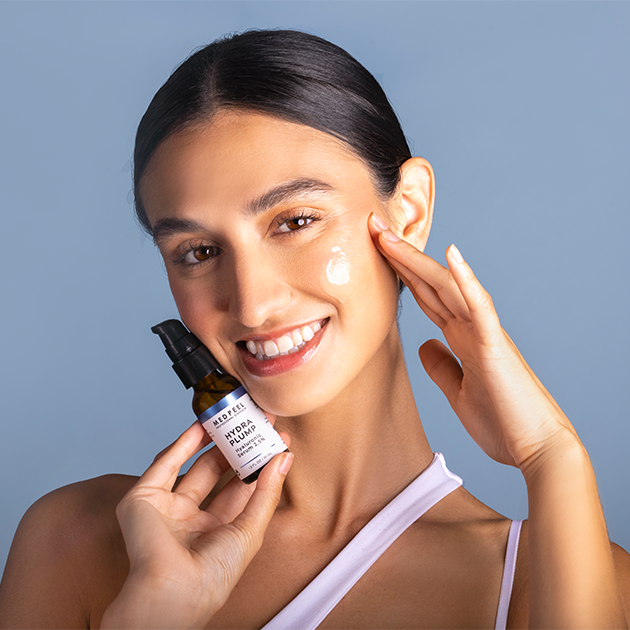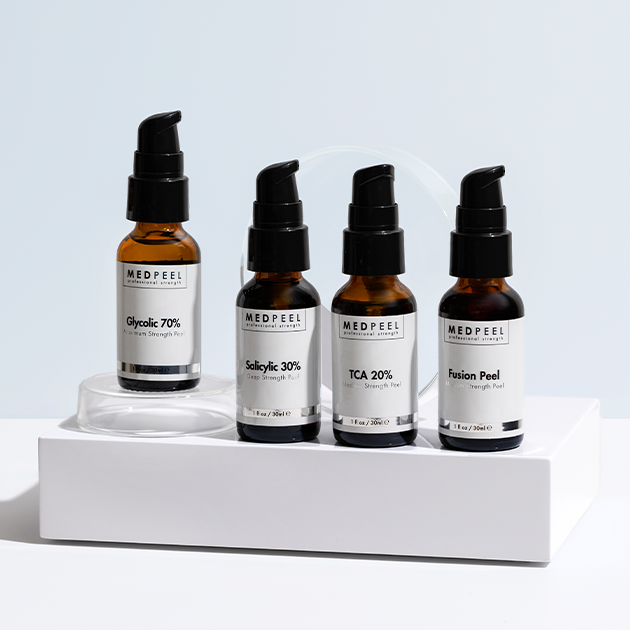
As estheticians, we're committed to helping our clients achieve their skincare goals and navigate the journey to healthier, clearer skin. However, distinguishing between purging and a regular breakout can be challenging, especially for clients who are new to skincare treatments. In this blog post, we'll delve into the differences between purging and a normal breakout, offering insights and guidance to help estheticians better understand and address their clients' skin concerns.
Understanding Purging vs. Breakouts
Purging
Purging occurs when the skin undergoes a rapid exfoliation process, often in response to certain skincare treatments or ingredients.
It typically manifests as a temporary increase in breakouts, usually in areas where the skin is prone to congestion or clogged pores.
Purging is a sign that the skin is shedding dead cells and impurities, which can initially exacerbate existing issues before revealing clearer, healthier skin underneath.
Common triggers for purging include retinoids, alpha hydroxy acids (AHAs), beta hydroxy acids (BHAs), and exfoliating treatments.
Normal Breakouts:
A normal breakout, on the other hand, is characterized by the development of new blemishes or acne lesions on the skin.
Breakouts can be caused by a variety of factors, including hormonal fluctuations, stress, diet, skincare products, and environmental pollutants.
Unlike purging, which typically occurs shortly after starting a new skincare regimen, normal breakouts may occur randomly or in response to specific triggers.
Tips for Identifying Purging vs. Breakouts
Timing
Purging often occurs within the first few weeks of starting a new skincare product or treatment, whereas normal breakouts may occur sporadically over time.
Encourage clients to keep track of when their breakouts started relative to when they introduced new skincare products or treatments.
Location
Purging tends to occur in areas where the skin is prone to congestion, such as the forehead, nose, and chin (T-zone), as well as along the jawline.
Normal breakouts may occur in these areas as well, but they can also appear in other areas of the face or body.
Appearance
Purging may manifest as small, flesh-colored bumps (microcomedones), whiteheads, blackheads, or pustules.
Normal breakouts can present as inflamed papules, pustules, nodules, or cysts, depending on the severity of the acne.
Guidance for Estheticians:
Educate Clients
Take the time to educate clients about the concept of purging and reassure them that it's a normal part of the skin's renewal process.
Provide information about the ingredients or treatments that may cause purging and explain how they work to improve skin health in the long run.
Monitor Progress
Encourage clients to document their skin's progress and communicate any changes or concerns during follow-up appointments.
Monitor the severity and duration of breakouts to determine whether they're consistent with purging or indicative of other underlying factors.
Adjust Skincare Regimens
If purging persists beyond the initial adjustment period (usually 4-6 weeks), consider adjusting the client's skincare regimen or introducing additional supportive products to help minimize irritation and inflammation.
Emphasize the importance of consistency and patience when incorporating new skincare products or treatments into a routine.
As estheticians, it's essential to understand the difference between purging and a normal breakout to provide effective guidance and support to our clients. By educating ourselves and our clients about these skin reactions, we can empower them to navigate their skincare journeys with confidence and clarity. Remember to approach each client's concerns with empathy, patience, and a commitment to helping them achieve their skincare goals. Together, we can foster healthier, happier skin for all.



